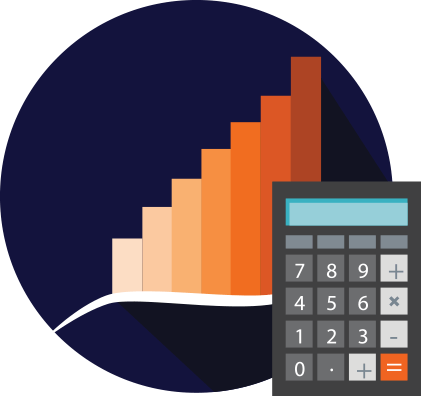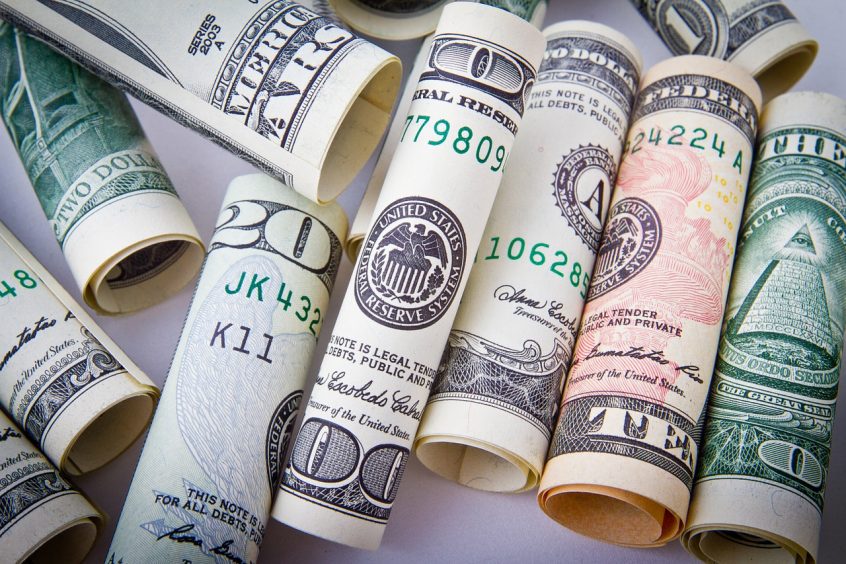As you learn about investing, you’re likely to come across the term “asset class.” But what does it mean?
Let’s take a look at asset classes and learn more about how you can use them in your investment portfolio.
What is an Asset Class?
At its core, an asset class is a grouping of investments that share similar characteristics. For example, stocks are portions of ownership in a company. On the other hand, bonds essentially represent a loan you make to the company. Here are some of the main asset classes you’re likely to encounter as a beginning investor.
Cash (and cash equivalents)
Cash is, well, cash. It’s liquid and likely held in an account that comes with FDIC or NCUA insurance. You might have it in a savings or checking account, or in a certificate of deposit. You can also have cash in a brokerage account. This is the money that’s available to invest, but that you haven’t used to purchase stocks or other assets yet.
Cash equivalents are investments that are considered almost as safe as cash. This might be something like a money market mutual fund or certain Treasury securities.
In general, the risk with cash and cash equivalents is very low. You’re likely to get your principal back. However, the returns are likewise relatively low. Depending on the interest rate environment, cash you hold at a bank or credit union might offer less than 1% APY on up to maybe 5% APY.
You might get better deals with some Treasuries tied to inflation, but they are generally less liquid than cash held in a bank.
Bonds (fixed income)
A bond represents a portion of debt in a company. You essentially make a loan to a company. In return, you receive regular interest payments. At the end of the maturity period, you also get your principal back.
In addition to being sometimes considered cash equivalents, Treasuries are also bonds. For example, I-bonds offer access to rates designed to keep pace with inflation.
Bonds have a relatively safe return that you can predict. However, the returns, while usually potentially better than cash, are still often in the range of 2% to 7%, depending on the situation.
While Treasuries are considered almost as safe as cash, corporate bonds might not be. There’s still the risk that the company will default and you could lose part of your principal. However, you can look at ratings to see how “safe” the bonds might be.
Bonds are considered less liquid than cash or stock.
Stocks (equities)
When many people think of investing, this is what they consider. Stocks represent a portion of ownership in a company. They are expressed as shares. You can buy and sell shares of stock on a market, with the help of a brokerage.
In theory, if a company does well, the share price rises on the market. If you decide to sell, you reap those gains. On the other hand, the company might not do well and the share price could fall. When you sell, you might lock in losses.
Stocks are relatively volatile day-to-day. Over time, by investing in equity funds, especially index funds, you’re more likely to see gains. However, there is still the chance of loss. Stocks are considered riskier than cash or bonds. As a result, the potential return is higher.
Real estate
You can also invest in real estate. You might need a large amount of capital in some cases to make the investment. This includes investing in single-family properties, buying raw land or purchasing multi-family properties.
One benefit to real estate is that you own the property—and it’s tangible. However, you’re also subject to market fluctuations. You also won’t realize any gains until you sell the property. Your profits might be impacted by costs like interest, taxes, insurance, maintenance and repair costs, property management fees and market prices.
However, some real estate also comes with the ability to receive income. This can provide you with regular income as you wait for long-term capital gains potential. With income, you can potentially see bigger returns over time. However, upkeep can require more active involvement than you might want.
Alternative asset classes
There are also a number of alternative asset classes that don’t fit into one of those “major” classes. Adding something from an alternative asset class might provide you with bigger returns, but they are also considered somewhat riskier. Some alternative assets include:
- Cryptocurrencies
- Commodities
- Precious metals
- Currencies
- Tax liens
- Partnerships/businesses
Some experts recommend limiting your total alternative assets to no more than 15% or 20% of your portfolio.
Bottom Line
Understanding asset classes can help you figure out how to set up your portfolio. For younger investors, a greater percentage of stocks compared to other assets can make sense. however, over time, you might shift your asset allocation to safer assets. Consult with a financial professional to figure out the best approach for your situation.

